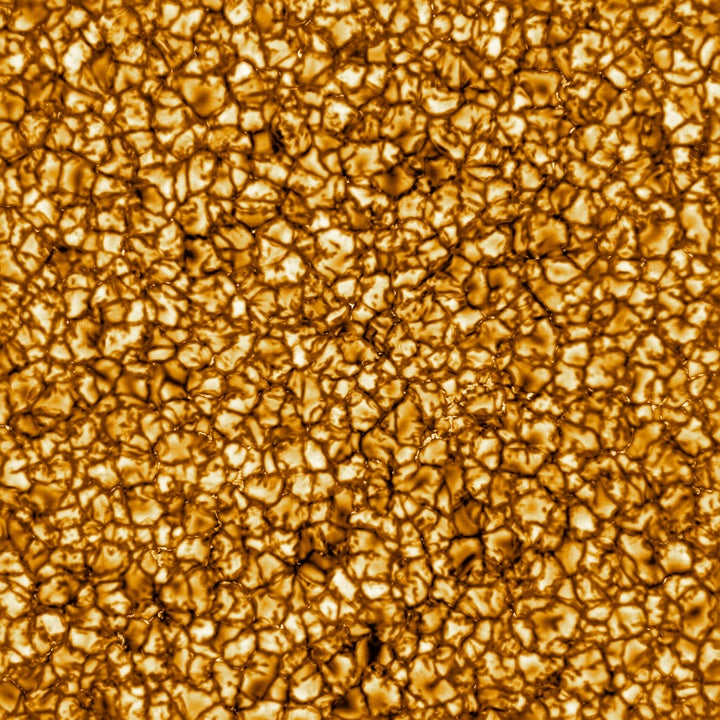Gorgeous images and videos showing the sun’s surface in “unprecedented detail” were released by the National Science Foundation this week, showing a close-up view of the ultrahot plasma covering the celestial body.
But some people just want to eat it, and honestly, it’s hard to blame them.

The images, the NSF wrote in a statement, show the “turbulent” movement of the plasma amid an array of cell-like structures that, while they look small in images, are actually each about the size of Texas.
“That hot solar plasma rises in the bright centers of ‘cells,’ cools, then sinks below the surface in dark lanes in a process known as convection,” the statement read.
Scientific American tweeted out a mesmerising video depicting that process.
But many keen observers of both astronomy and snacks couldn’t help but notice that those cells looked suspiciously like caramel corn, or other types of delectable food items.
Forbidden snack fantasies aside, the NSF says that the telescope that helped produce the images ― Hawaii’s Inouye Solar Telescope ― will give them a major leg up when it comes to predicting space weather.
That’s important because weather events in space ― like solar storms ― can potentially have a huge impact on things like power grids and communications systems on Earth.
“NSF’s Inouye Solar Telescope will be able to map the magnetic fields within the sun’s corona, where solar eruptions occur that can impact life on Earth,” NSF Director France Córdova said in the statement. “This telescope will improve our understanding of what drives space weather and ultimately help forecasters better predict solar storms.”